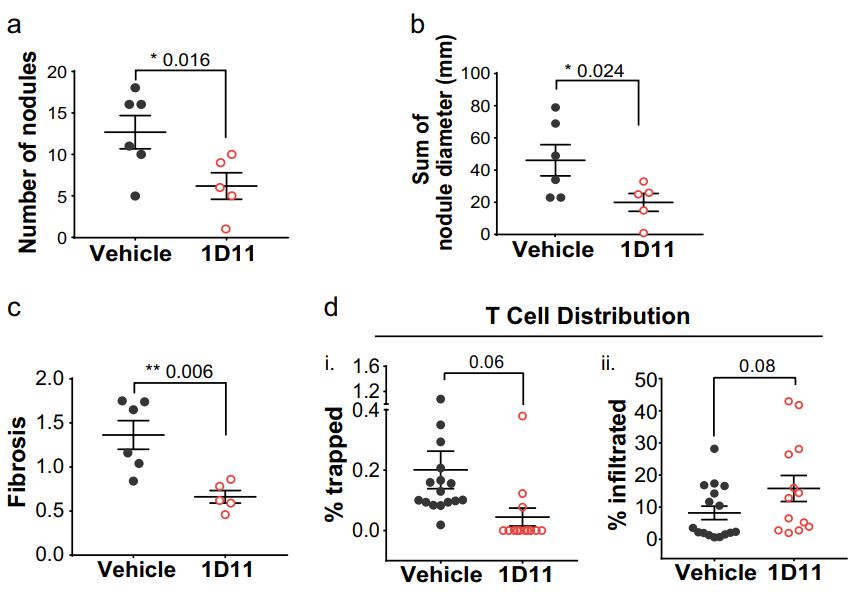Drug Efficacy Studies in NASH Mouse Model_TGF-b neutralizing antibody
Today, we would like to introduce a study published by our client using our STAM™ mouse model (Okrah et al., npj Precision Oncology, 2018).

KEYWORD: NASH, HCC, TGF-β, T cells
In case you are unfamiliar with our STAM™ model, the STAM™ mice follow a similar progression as many human patients, showing a timely progression from non-alcoholic steatohepatitis (NASH) to Hepatocellular carcinoma (HCC).
In this study, the authors reported that the administration of a TGF-β neutralizing antibody to the STAM™ mice successfully suppressed HCC associated with fibrosis. They also found that the administration of the TGF-β neutralizing antibody during the onset of liver cancer led to a reduction in the fibrotic area as well as in the number and diameter of tumors in the liver. Furthermore, administration of TGF-β neutralizing antibody facilitated the infiltration of CD8+ lymphocytes into the liver tumors.
It is thought that the development of liver cancer is influenced by cancer-related genes during the progression of fibrosis.Therefore, it is expected that suppressing the factors involved in fibrosis could be useful in the treatment and prevention of HCC. As shown in this paper, the STAM™ model can be used to conduct clinically correlated preclinical studies to observe how the treatment of fibrosis can effect liver cirrhosis and cancer.
Would you like to use the STAM™ model to test the efficacy of your compound in either monotherapy or combination therapy? We can use our years of experience to offer you a study design that is tailored to suit your needs. If you are interested in using our STAM™ model, please do not hesitate to reach out!
